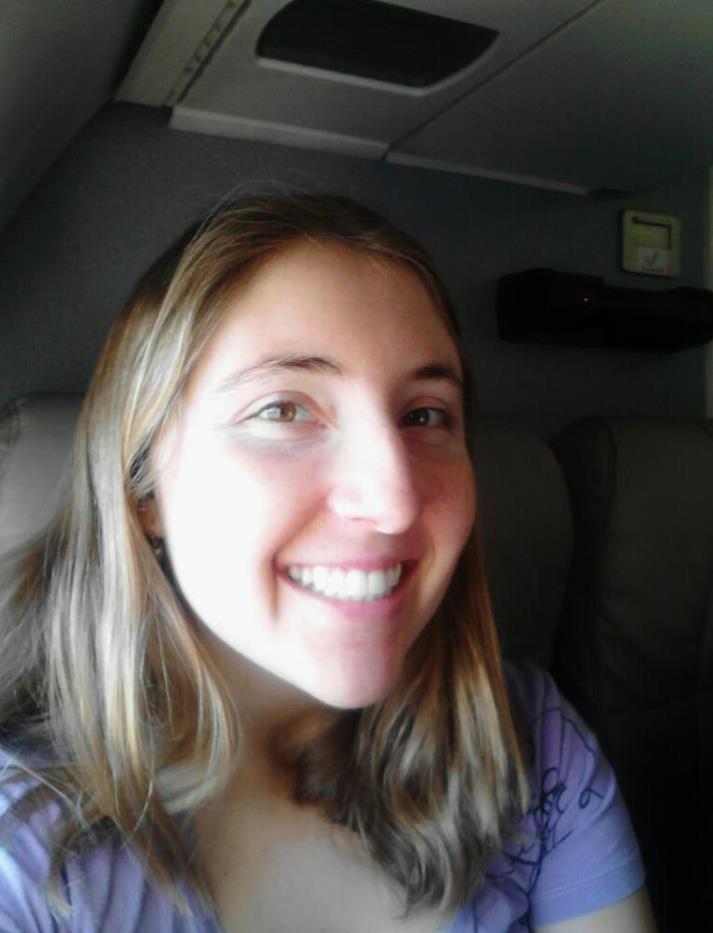SMMG

"Let's Make a Deal"
featuring Sara Cohen
Probability theory has been shaped since its beginning by the struggle to understand games of chance—from dice throwing in 17th-century parlors to high-speed trading in 21st-century stock exchanges. It's no surprise, then, that one of the most notorious probability puzzles in recent history revolves around a game of chance, inspired by a 1960s game show. On November 10, 2013, UT's Sara Cohen taught us just enough probability to give us a fighting chance at that game: "Let's Make a Deal."
We started out by learning how to assign probabilities for experiments, like rolling a die, where all outcomes seem equally likely. We then learned rules to assign probabilities in more complicated experiments, like rolling two dice or drawing three marbles from a bag. Finally, we learned the rules of conditional probability, which tell us how to change our probability assignments in response to new information.
Armed with all this knowledge, we broke into small groups and started wrestling with a series of increasingly tricky problems designed to strengthen our conditional probability skills. Once we'd solved as many as we could, and discussed our solutions, we were ready to play "Let's Make a Deal."
Working in pairs, we played several rounds of the game, recording our moves and our results. As the data piled up, it became clear that one move was better than the other. We used the conditional probability techniques we'd learned earlier to confirm our suspicions about how the game worked, and to calculate how much of an advantage we could gain by playing the better move.
